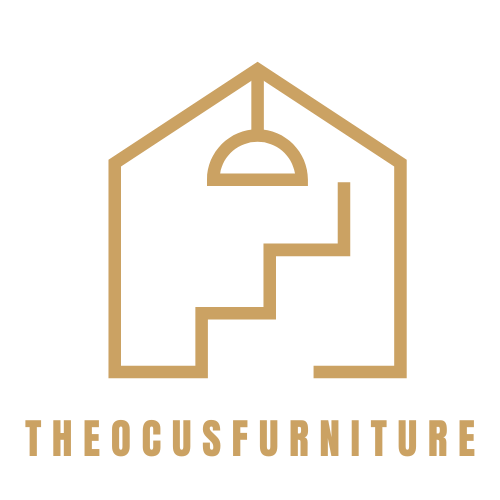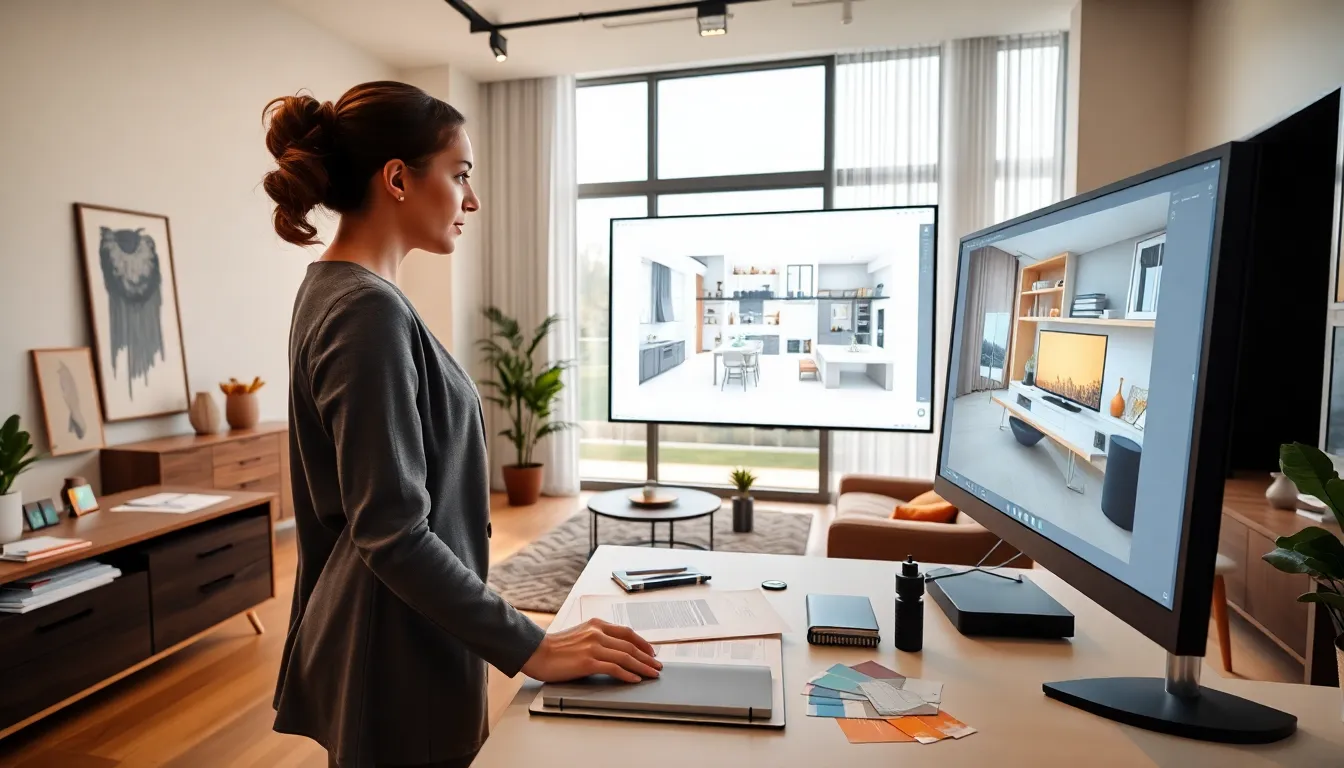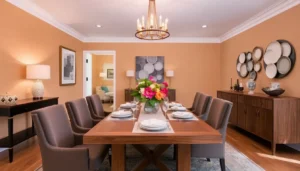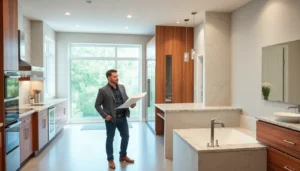Imagine walking through a stunningly designed room before it even exists, sounds dreamy, right? Well, thanks to interior design rendering software, that vision can become a reality faster than you can say ‘where’s the couch?’ This innovative technology takes interior design to a new level, allowing designers and clients alike to visualize spaces, make informed decisions, and feel confident about their choices. Intrigued? Let’s jump into the vibrant world of interior design rendering software to see how it’s shaking up the industry.
Table of Contents
ToggleWhat Is Interior Design Rendering Software?
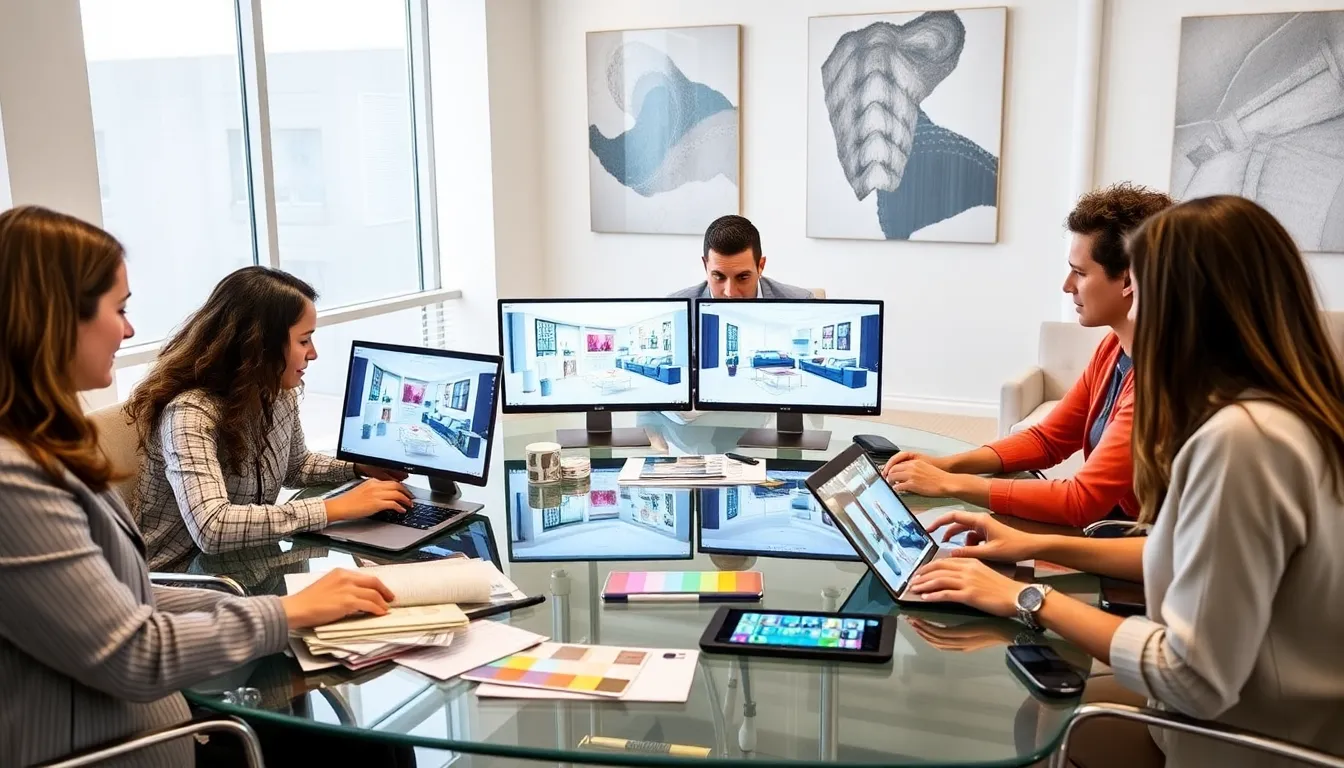
Interior design rendering software bridges the gap between imagination and reality. It enables designers to create realistic visual representations of their projects. Essentially, this software transforms 2D drawings into stunning 3D visualizations, allowing users to see how various elements interact in a space. From colors and textures to furniture placement, rendering software encapsulates every detail, making it an indispensable tool for today’s interior designers.
This technology often comes with an array of features ranging from basic 3D modeling to high-end photorealistic rendering. Whether a designer is making a simple layout for a living room or crafting a complex commercial space, rendering software provides the flexibility to experiment and innovate.
Importance of Rendering in Interior Design
Rendering plays a vital role in the interior design process. It serves multiple purposes:
- Visual Communication: Clients can struggle to understand textual descriptions and 2D drawings. Renderings give them a clear picture of the designer’s vision.
- Design Validation: Before jumping into execution, designers can review color schemes, furniture layouts, and material choices in a virtual setting. This helps in making adjustments early in the process.
- Faster Client Approval: With visually appealing presentations, clients tend to approve designs more swiftly, leading to quicker project timelines.
- Marketability: For designers, a well-rendered space can be a strong marketing tool. High-quality images can be used in portfolios, promotional materials, and on social media to attract new clients.
Eventually, the importance of rendering cannot be overstated. It enriches communication and nurtures creativity, turning concepts into captivating visual stories.
Types of Interior Design Rendering Software
There are various types of interior design rendering software tailored to different needs. Here’s a brief overview:
1. Basic 3D Modeling Software
Basic 3D modeling software allows users to create simple floor plans and elevations. While not highly detailed, it’s perfect for initial concept sketches.
2. Advanced Rendering Software
Advanced software offers photorealistic rendering capabilities. These programs simulate real-world lighting and materials, creating lifelike images that are almost indistinguishable from actual photographs.
3. Virtual Reality (VR) Software
A cutting-edge leap in rendering technology comes from VR software. This allows clients and designers to immerse themselves in a fully interactive 3D environment, experiencing the space as if it were already built.
4. Cloud-Based Rendering Solutions
These tools enable collaboration among team members and clients by storing projects in the cloud. Teams can work seamlessly across different locations, making updates and modifications in real time.
Key Features to Look For
When selecting interior design rendering software, several key features should be considered:
1. User-Friendly Interface
A simple, intuitive interface can make all the difference. This allows users of different skill levels to navigate the software effortlessly.
2. Libraries of Materials and Textures
A diverse library offering a variety of materials, finishes, and textures can enhance creativity. Users should have easy access to realistic resources.
3. Realistic Lighting Options
Lighting can totally change a space. The best software allows users to experiment with different lighting conditions to see how a room transforms.
4. Rendering Speed
Time is of the essence in design projects. Fast rendering speeds ensure that designers can produce visualizations without lengthy delays.
5. Integrations with Other Tools
Compatibility with other design tools and software can streamline workflows. Look for options that integrate well with CAD software or other design platforms.
Popular Interior Design Rendering Software Options
Here are some popular interior design rendering software options that stand out in the market:
1. SketchUp
Widely regarded for its intuitive design environment, SketchUp is easy to use and offers a range of tools for 3D modeling and rendering. It also has a strong community offering additional plugins and resources.
2. 3ds Max
Highly praised for its advanced rendering capabilities, 3ds Max is a favorite among professional designers. It provides realistic textures and comprehensive lighting options.
3. Blender
This open-source software has gained recognition for its versatility. An excellent option for designers looking for a no-cost solution with advanced features, Blender boasts an impressive rendering engine.
4. Revit
Tailored for architectural design, Revit allows for detailed modeling and offers robust rendering features. It’s ideal for complex projects involving collaboration with architects.
Tips for Choosing the Right Software
Choosing the right interior design rendering software can feel overwhelming, but here are some practical tips:
- Identify Your Needs: Determine whether you need basic modeling or advanced rendering capabilities. Your choice should align with your project demands.
- Trial Versions: Many software programs offer trial versions. Take advantage of these to test out the features before committing.
- Community and Support: Consider software with a strong online community or customer support. This can be a lifesaver when encountering technical challenges.
- Budget: Finally, always reflect on your budget. While some products are premium, there are several excellent budget-friendly options out there.
Future Trends in Interior Design Rendering
The realm of interior design rendering is continuously evolving. Here are some exciting trends to watch:
1. Artificial Intelligence
AI is beginning to play a significant role in customizing user experiences and automating certain aspects of the design process. Expect smarter tools that can predict design preferences based on user behavior.
2. Enhanced Virtual Reality Experiences
As technology advances, VR software will provide even more immersive experiences. Enhanced sensory elements could allow users to feel textures and even temperature in virtual environments.
3. Sustainability Features
Designers are becoming increasingly eco-conscious. This will influence rendering software to include features that highlight sustainable materials and energy-efficient designs.
4. Integration with Augmented Reality (AR)
AR apps will let users visualize designs in their actual spaces through their smartphones. This real-world integration could transform client presentations and approvals.
